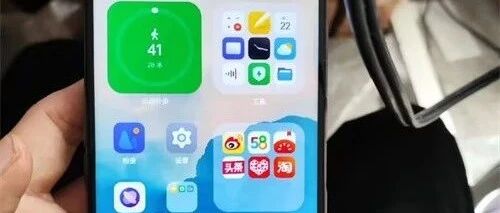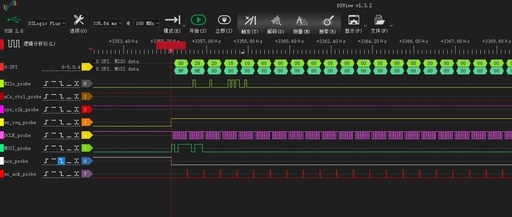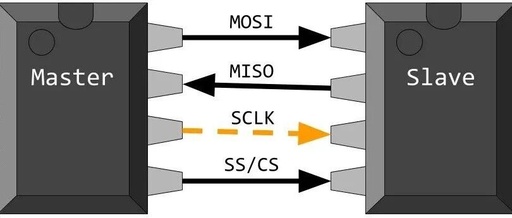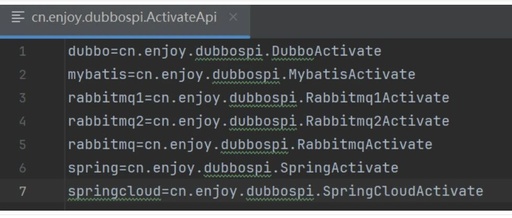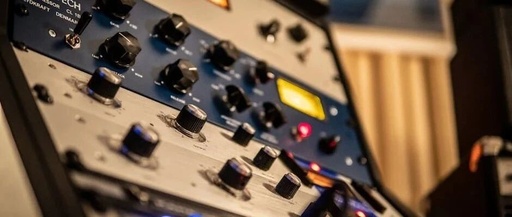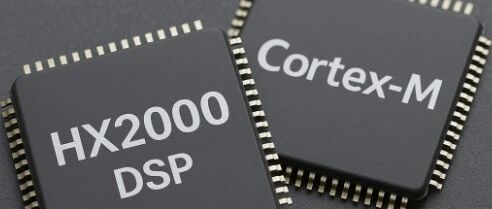India’s ‘World’s Largest Wi-Fi Project’ Forgets to Set Password, Global Hackers: Thanks for the Free Data
In 2024, the Indian government launched the “PM-Wani” public Wi-Fi program, aiming to deploy 10 million hotspots nationwide to promote digital inclusion. However, as the 3,000 free Wi-Fi zones in the pilot city of Bangalore went live, it was revealed that they had not set a password, leading to unprotected network data! Security experts found … Read more


